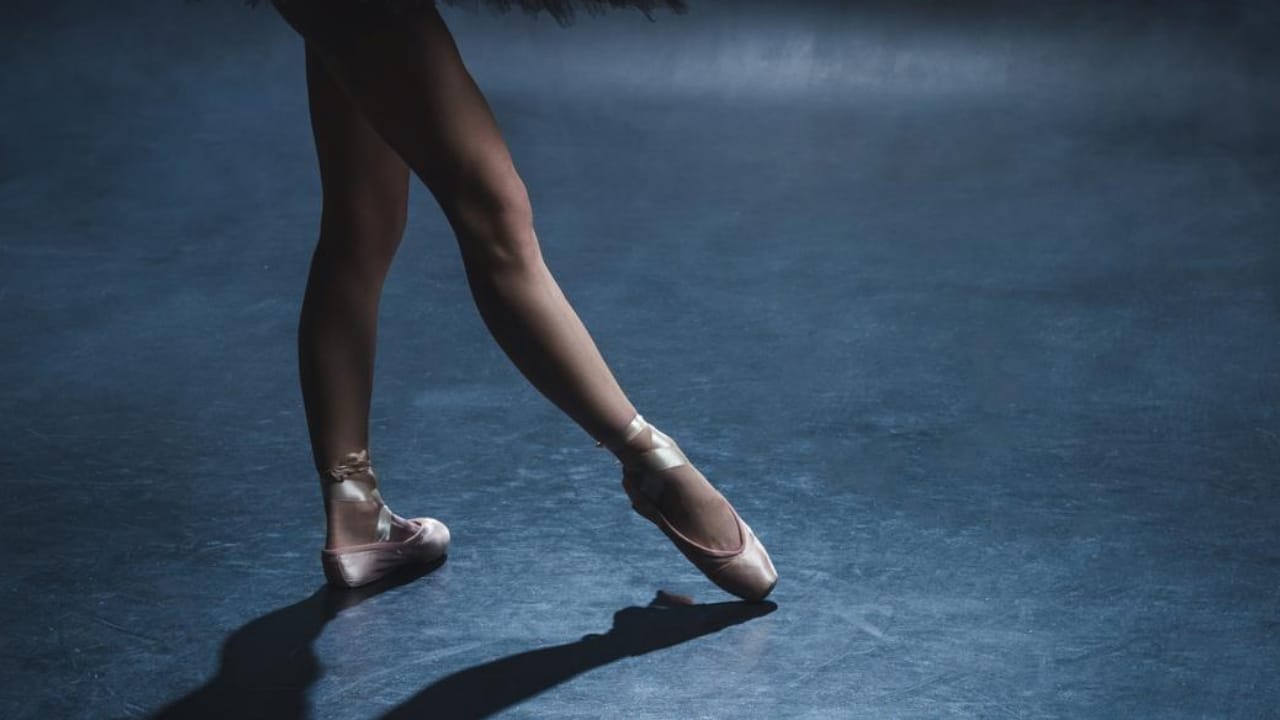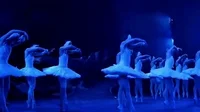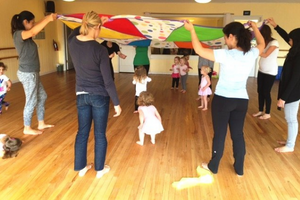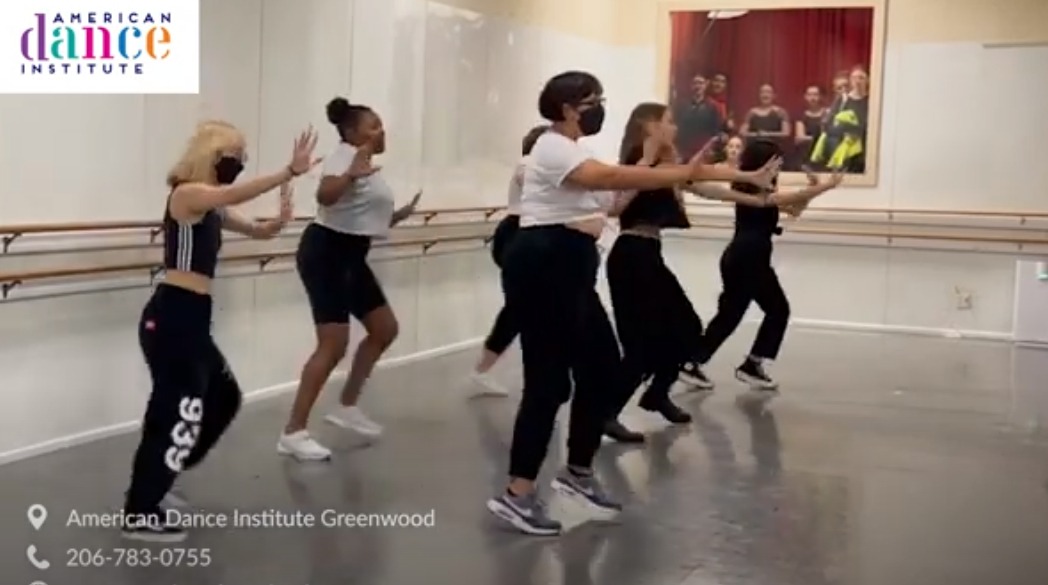Wedgwood, Seattle
|
Wedgwood |
|
|---|---|

The Picardo Farm P-Patch community garden in Wedgwood |
|

Map of Wedgwood's location in Seattle |
|
Coordinates:  47°41′26″N 122°17′12″WCoordinates: 47°41′26″N 122°17′12″WCoordinates:  47°41′26″N 122°17′12″W 47°41′26″N 122°17′12″W |
|
| Country | |
Wedgwood is a middle class residential neighborhood of northeast Seattle, Washington with a modest commercial strip. Wedgwood is located about two miles (3.2 km) north, and slightly east, of the University of Washington; it is about six miles (9.7 km) northeast of Downtown. The neighborhood is further typical of Seattle neighborhoods in having more than one name and having different, overlapping, but well-documented definitions of the neighborhood.
The misspelling Wedgewood is not uncommon—it is used by at least five businesses and even appears in the unofficial City Clerk's Neighborhood Map Atlas[1][2]—but the origin and spelling of the name are clear: the neighborhood was named after the English bone china-maker Wedgwood, the favorite of the wife of Albert ("Al") Balch (1903–1976), the developer who named the neighborhood. Balch was also the founder of adjoining View Ridge.[1]
History[edit]

The Wedgwood Rock
The area has been inhabited since the end of the last glacial period (c. 8,000 BCE—10,000 years ago). The Dkhw'Duw'Absh, "the People of the Inside", and the xachua'bsh or hah-choo-AHBSH, "People of a Large Lake" or "Lake People", today the Duwamish tribe, Native Americans of the Lushootseed (Skagit-Nisqually) Coast Salish hunted and traveled through what is now Wedgwood.[3] The Wedgwood Rock, a glacial erratic boulder 19 ft (5.8 m) tall by 75 ft (23 m) circumference became the intersection of a number of trails through dense, old growth forest that covered what is now Seattle. The neighborhood has adopted Big Rock after it was protected from housing development in 1941.[1]
The land that formed the original core of Wedgwood, west of 35th Avenue NE between 80th and 85th Streets, was at one time a heavily wooded ginseng farm. Charles E. Thorpe had cleared a portion of his 40-acre (160,000 m2) tract north of the Seattle city limits of the time, building a log cabin from the wood of his own trees. By the 1920s, 35th Avenue NE was becoming a thoroughfare with homes and businesses (the first store opened in 1922), the electric (1923), water (1926), and sewer grids had been extended to the area, and it was becoming too urban for Thorpe's tastes. The Jesuit institution Seattle University paid Thorpe $65,000 for the property, planning to build a new campus there and move north from First Hill. Thorpe left Seattle, never to return.[4] [5]
One month later came the Stock Market Crash of 1929. The Great Depression put the Jesuits plans for the new campus on hold. Thorpe's cabin became St. Ignatius Parish in 1929; the congregation grew through the Depression years, although it was served at that time only by visiting priests. By 1940, the Jesuits had decided not to relocate Seattle University, and sold Thorpe's 40 acres (160,000 m2) to Albert Balch at a loss, for only $22,500, barely a third of what they had paid for the land in 1929.[4][6]
A Catholic presence remains in the neighborhood: the parish of St. Ignatius became the parish of Our Lady of the Lake at its present location on 35th Avenue at 89th Street NE (c. 1961).[7][8]

Wedgwood was the first Seattle neighborhood where considerable numbers of large trees were preserved when the neighborhood was built.
When Balch obtained the land from the Jesuits, it was still "completely undeveloped, heavily treed, and with only one structure," Thorpe's cabin. [9]
Major development of the neighborhood began during World War II with defense worker housing; initial development was largely by Balch and his partner Maury Setzer. Balch and Setzer built 500 homes on 40 acres (160,000 m², 16 hectares), constituting the center of today's Wedgwood neighborhood.[1] At the time, the area was north of Seattle city limits (Seattle ended at NE 65th Street). In its first act of community organizing, Wedgwood formed its own Volunteer Fire Department (Fire District #19), founded November 11, 1943, absorbed (with Wedgwood) into the city March 20, 1945. During its short life, the volunteer department operated a Ford Model A truck with a pump, based in the garage of a neighborhood home. In this wartime period, many of the volunteer firefighters were women.[10][11]
Al Balch was a direct descendant of 17th century New England settler John Balch.[12] Possibly in tribute to this heritage, he had the firm of Thomas, Grainger & Thomas design the houses in the Cape Cod style.[12] Each house was unique in some way,[13] and each originally sold for $5,000[1] ($65,900 in 2005 dollars[14]); currently (as of 2005, 2006) all go for upwards of $300,000 ($22,800 in 1941 dollars[14]); many (albeit with updating and often with further improvements and extensions) go for as much as $450,000.[citation needed]
Other portions of Wedgwood have distinct histories of their own. In 1936, Dr. and Mrs. Philip M. Rogers purchased 15 acres (61,000 m2) between 40th and 45th Avenues NE, from NE 88th Street to NE 92nd Street. Maple Creek flows through this property, forming a ravine. Until shortly after 1950, they left the land almost entirely undeveloped, allowing it to be used as a Boy Scout camp. According to Valarie Bunn, at the time "no traffic noise could be heard and no electric lights" could be seen in the area of the camp. The land was developed in the 1950s.[15] The Earl J. McLaughlin Plat (between NE 85th and NE 90th Streets, and 30th and 35th Avenue NE) was filed in 1907, but at the time there was no city water or electricity in the area. Few lots were sold at that time, and those were sold cheaply. In 1917, Earl J. McLaughlin relocated to Cleveland, Ohio, where he remained active in real estate for 12 years, before emigrating to Canada.[16]
The large P-Patch Community Garden near the west edge of the neighborhood, and the adjoining University Prep School[17] and Temple Beth Am (Reform synagogue)[18] are on land that remained a working farm as late as 1965. Wedgwood has Seattle's oldest and largest P-Patch (mid-1960s); as of 2005, there are now 52 others. The "P" originally stood for "Picardo", the family who farmed the land (1922–1965).[19]
Just south of the old Picardo Farm is Dahl Playfield.[20] Like the P-Patch, it is former peat bog land, once known as the Ravenna Swamp. In the 1940s houses stood on part of what is now the playfield; at that time, Picardo Farm was the site contemplated for a park. However, after sewer lines were built along 25th Avenue NE in the late 1940s, houses began sinking in the peat; the city bought them out and turned the land into the "80th Street Playfield". In 1952, the bog caught fire: portions subsided as much as 5 feet (1.5 m), and the park was temporarily closed. Over the next few years, an estimated 75,000 cubic yards (57,000 cubic meters) of peat was replaced by fill dirt, and the park reopened. In 1955, the park was renamed after a former Park Board director, Waldo J. Dahl. In September 1992, the Wedgwood Community Council officially "adopted" the park.[21]
The Wedgewood [sic] Estates apartment complex on NE 75th Street between 37th and 39th avenues NE was purchased by the Seattle Housing Authority in 2001 in an effort to preserve a supply of moderately priced housing in this part of Seattle.[22]
The Jolly Roger and the Coon Chicken Inn[edit]
In 1916, Washington joined Prohibition, and north Seattle saw an upswing in commercial activity. Unincorporated areas of King County accessible by auto became popular locations for speakeasies selling illegal liquor and purveying prostitution and gambling, often in clever guises. One remarkable structure among numerous establishments was the China Castle, later the Jolly Roger, having a unique tower from which a watchman signaled the approach of police, visible from miles away. In the event of a raid, patrons and employees could leave via tunnels such as one under the highway, easily dispersing via the wooded ravine on the other side.
The Jolly Roger continued as a popular dance hall and restaurant. It was designated a Seattle Historic Landmark in 1979. On October 19, 1989, the restaurant, located at 8721 Lake City Way (formerly Bothell Way) burned in an arson fire. The fire was somewhat suspicious, but only relative to its storied past.[23][24] Police had neither motive nor suspects. Investigators were not able to determine how the arsonist got inside past a burglar alarm, with no signs of forced entry. At the time, the building had just been purchased the week before from the previous owner, with whom the buyer was entangled in legal and financial red tape. The previous owner was in the building removing his possessions the day before the fire. When firefighters arrived hours after the fire had begun in the basement, a man directed them. He seemed so sure of where the fire began that they assumed he was an employee. After the fire was extinguished, the man could not be found. The owners stated that he was not an employee.[25]
One year after the fire, preservation activists sought to have the structure rebuilt. Before their efforts got off the ground, the building was hastily demolished on January 11, 1991, obviating its appeal.[24] A modern oil company-owned convenience store and gas station now stands on the location.
Within view, slightly south of the former Jolly Roger site, on the south side of Lake City Way, The Growler Guys sits on the site of a former Coon Chicken Inn. For nearly three decades, beginning in 1929, the Coon Chicken Inn sold southern-style food in a restaurant whose themes drew heavily on light-hearted, overtly racist stereotypes akin to blackface or the iconic Sambo's on Aurora Avenue N.[26]






